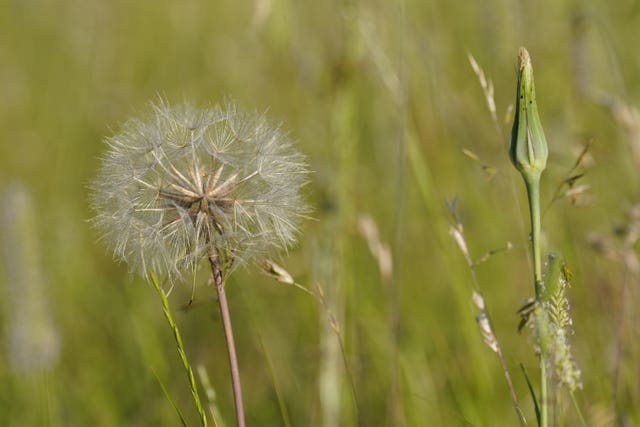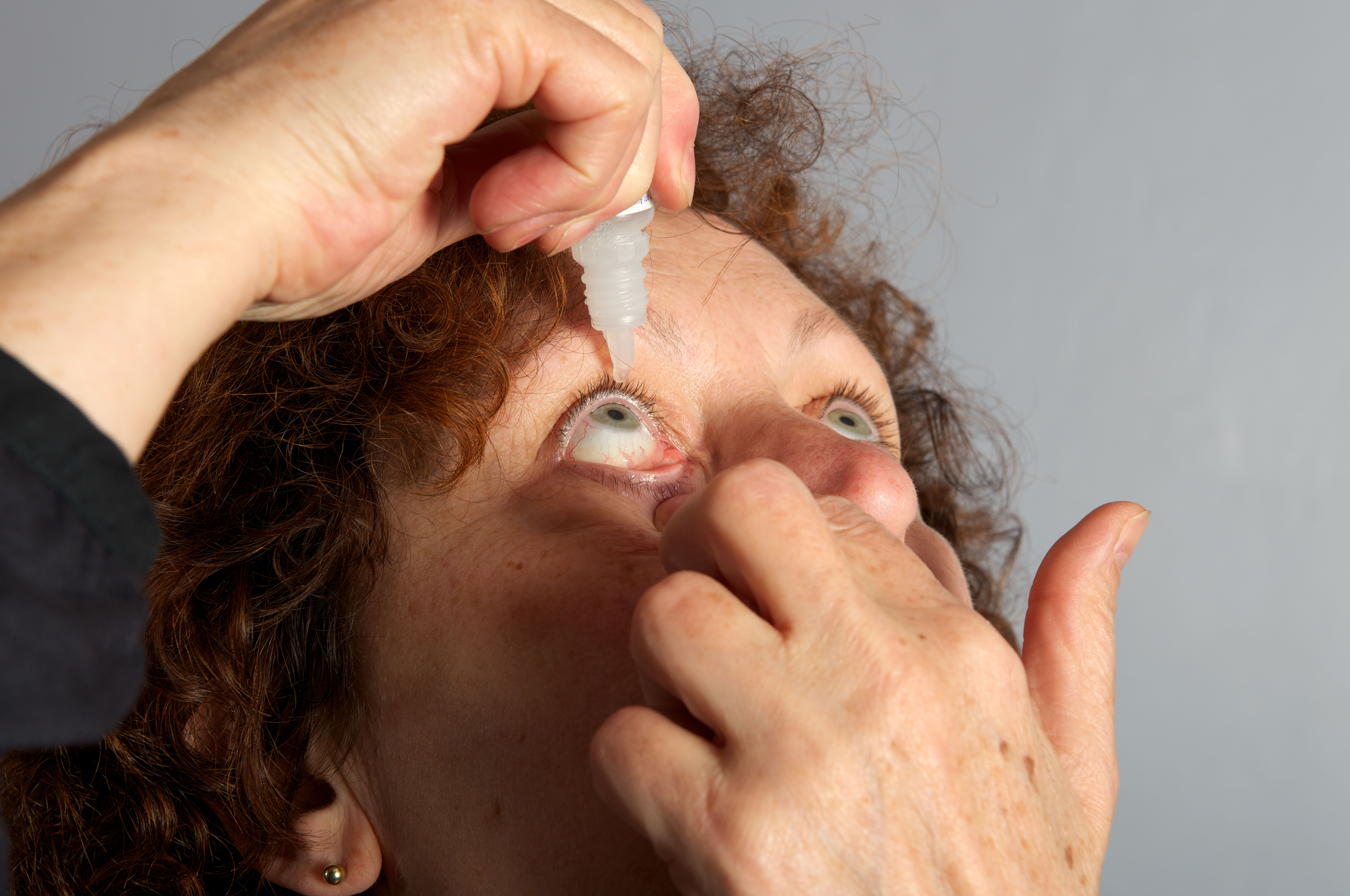This spring and summer, one in four Australians will suffer from hay fever.
The latest Australian Bureau of Statistics data shows that 24 per cent of Australians are afflicted by allergic rhinitis – the scientific name for the widespread condition – up from 15 per cent in 2008.
George Sandhu, deputy superintendent pharmacist at Well Pharmacy, says hay fever symptoms, including blocked noses, watery eyes and itchy throats, are triggered by three types of pollen, which affects people at various times throughout the year.
Some people are allergic to a single type of pollen, while others are “unfortunate enough” to suffer from symptoms caused by all three: tree, grass and weed.

Experts are warning of a challenging hay fever season this year.
Professor Janet Davies, Australia’s National Allergy Centre of Excellence (NACE) Respiratory Allergy Stream co-chair, said climate change had led to unpredictable pollen seasons, fuelling a rise in hay fever. She said environmental changes predisposing people to pollen allergens were also increasing the prevalence of the condition.
“In Australia, we’ve seen an increase in the duration of the pollen season, with the seasons lasting longer into summer and autumn,” said Prof. Davies, who also suffers from hay fever.
What are the best treatments to alleviate symptoms?
Hay fever can be treated with tablets, nasal sprays or eye drops. For complete relief, experts say to use eye and nasal sprays alongside tablets.
Mr Sandhu says: “Hay fever symptoms cause absolute misery for millions of people, but the good news is that there are plenty of things that you can do to reduce their impact on your life.”
Anti-allergy medicine, known as antihistamines, is often seen by experts as the most popular form of treatment for hay fever.

Carolina Goncalves, superintendent pharmacist at Pharmica, says: “Fexofenadine can help treat a runny nose, sneezing, itchy and watery eyes, or an itchy nose or throat. It is a non-drowsy antihistamine that works by blocking histamine (a substance in the body that causes allergic symptoms).
“Other antihistamines worth considering that have a similar effect include Cetirizine and Loratadine.”
Mr Sandhu adds: “Since last year, allergy products containing fexofenadine hydrochloride, such as Histallay, are available without a prescription.
“Previously these medications were only available with a prescription from your doctor. The benefits can be felt within one hour and last for 24 hours without any drowsiness.”
Nasal sprays are another form of treatment that will help alleviate runny noses and sneezing.
“Corticosteroid nasal sprays can help reduce nasal inflammation and clear up the nasal passages, preventing sneezing and a runny nose,” Ms Goncalves says.

“Individuals looking for a non-corticosteroid option to treat blocked noses may also wish to consider saline nasal sprays to help increase the moisture content within the nasal cavity, thinning out the mucus and making it easier to expel.”
Ms Goncalves recommends considering eye drops containing sodium cromoglicate as an effective treatment. This ingredient is known to prevent mast cells in the eyes from releasing histamine and other substances that trigger allergies.
Immunotherapy is considered to be another effective treatment for hay fever. It involves identifying the specific tree, grass or weed pollen that triggers the allergic reaction, and gradually introducing increasing doses of the allergen into the body over a prolonged period.
This process helps the body to develop immunity to the allergen, thus reducing or even eliminating the symptoms of hay fever.
Max Weisberg, an airborne allergens expert, says: “For NHS treatment, referral by a GP is necessary, which is usually only if all other hay fever treatments have been tried first and the reaction remains extreme.”
How can you best prevent hay fever?

Experts recommend HEPA (high-efficiency particulate air) filters, which can greatly reduce the presence of pollen and other allergens in indoor air.
Ms Goncalves says: “These filters are capable of trapping microscopic particles, including pollen grains, and preventing them from circulating and settling within the home environment.
“According to numerous studies, HEPA filters can remove 99.9 per cent of aerosolised respiratory particles that are between 300 nanometres and 100 micrometres in size. This includes pollen, which can be up to 200 micrometres in size.
“Integrating HEPA filters into air purification systems and vacuum cleaners can effectively remove these allergens from the indoor air, providing relief for individuals prone to hay fever symptoms.”
It is recommended to keep windows and doors closed during pollen season to prevent pollen from entering your home, which reduces exposure and symptoms.
Routine showers and changing into fresh clothes are advised by experts, as during high pollen seasons, pollen grains can stick to clothing, hair and even skin when spending time outdoors.
This measure helps to remove any pollen particles that may have accumulated, ensuring that they are not transferred to indoor spaces where they could contribute to increased allergen exposure.
Applying a small amount of petroleum jelly, like Vaseline, around the nostrils can serve as a barrier to trap pollen before it enters the nasal passages.
This method can decrease pollen exposure and subsequent allergic reactions.
Do you suffer from hay fever? What’s your best go-to treatment? Why not share your advice in the comments section below?
Also read: Get behind the wheel for these great spring road trips
– With Jamel Smith

